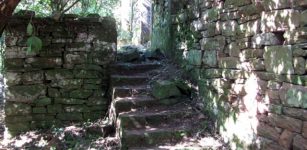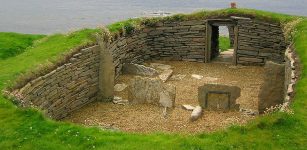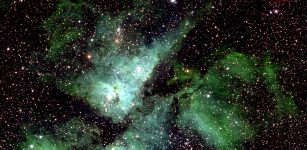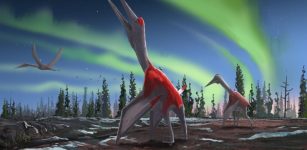Lamanai, Belize: One Of The Largest And Oldest Maya Cities Dated To 1500 BC
MessageToEagle.com – One of Belize’s largest and oldest continuously occupied Maya sites is – Lamanai, located deep within the jungles of the Orange Walk District on the bansks of along the 30 mile long New River Lagoon in North Central Belize.
People lived there from about 1500 BC when maize was being grown at the site, to 1680 AD. No doubt, Lamanai managed to have the longest occupation span of any known Maya site.
However, there is little evidence of how life evolved there over the millennia.
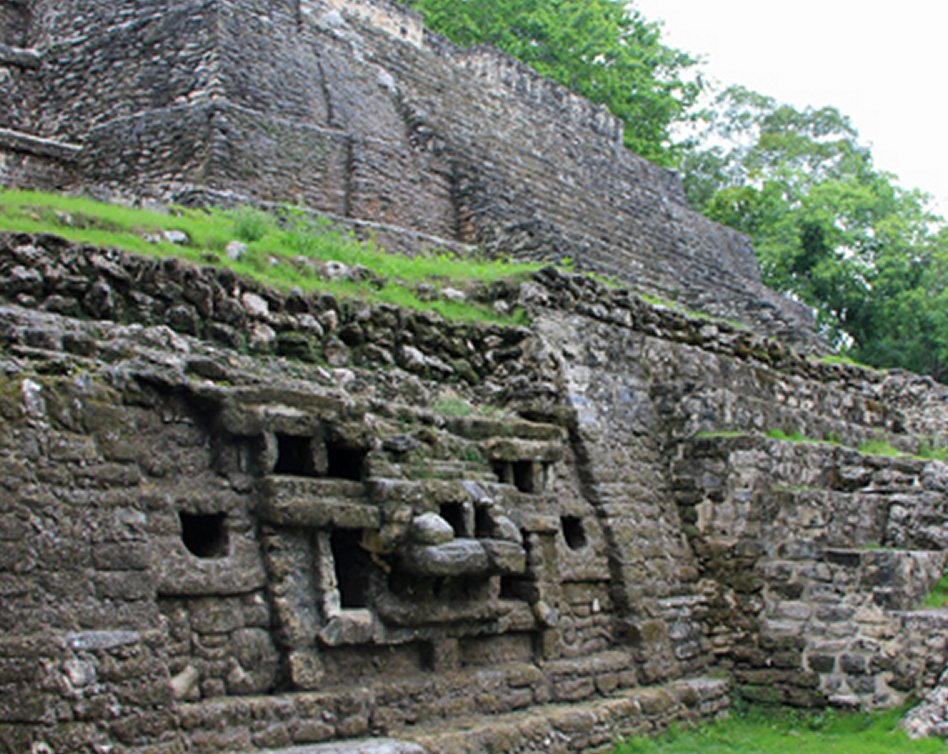
The site’s name is pre-Columbian and before the Spanish conquest, Lamanai was called; Laman’ayin (“submerged crocodile”). When the Spanish Conquistadors arrived, the Franciscan monks corrupted the name from “Laman’ayin” to “Lamanai” (submerged insect). This obvious corruption of the name was corrected by archaeologists in 1978 and the important suffix of “ayin” was officially added to the Spanish “mistake”.
See also:
Ancient Ruins Of Xunantunich – Mayan City That Once Flourished
‘Cosmic Monster’ Zoomorph, Maya Site Of Quiriguá, Guatemala
Magnificent Pyramid Of The Magician – The Tallest Structure In Ancient City Of Uxmal
Curiously, the name “Laman’ayin” is similar to that of the Lamanite ruler – King Laman – in the ‘Book of Mormon’, and according to Dr. Joseph Lovell Allen, a pioneer in the study of history and geography of Mesoamerica, the ruined Maya complex at Lamanai could have been named after him.
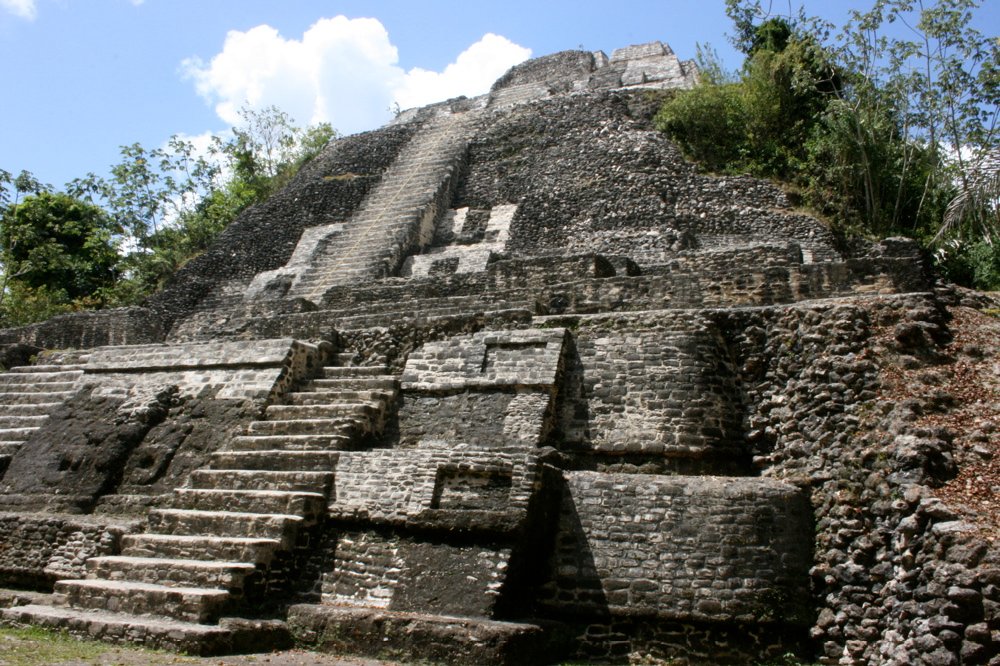
Local museum has collections of impressive artifacts excavated from the Lamanai site, including pottery, jade artifacts, well preserved obsidian, weapons and huge stone carvings, stelae, where the Maya preserved their history with intricate carvings.
In the jungle, there are massive pre-Columbian temples that served as places of rituals and ceremonies to honor the Mayan gods. It is believed that Lamanai contains about 100 structures and twelve major ones. Most of them remain buried or covered by jungle and bush and unexplored; only three of them have been excavated.
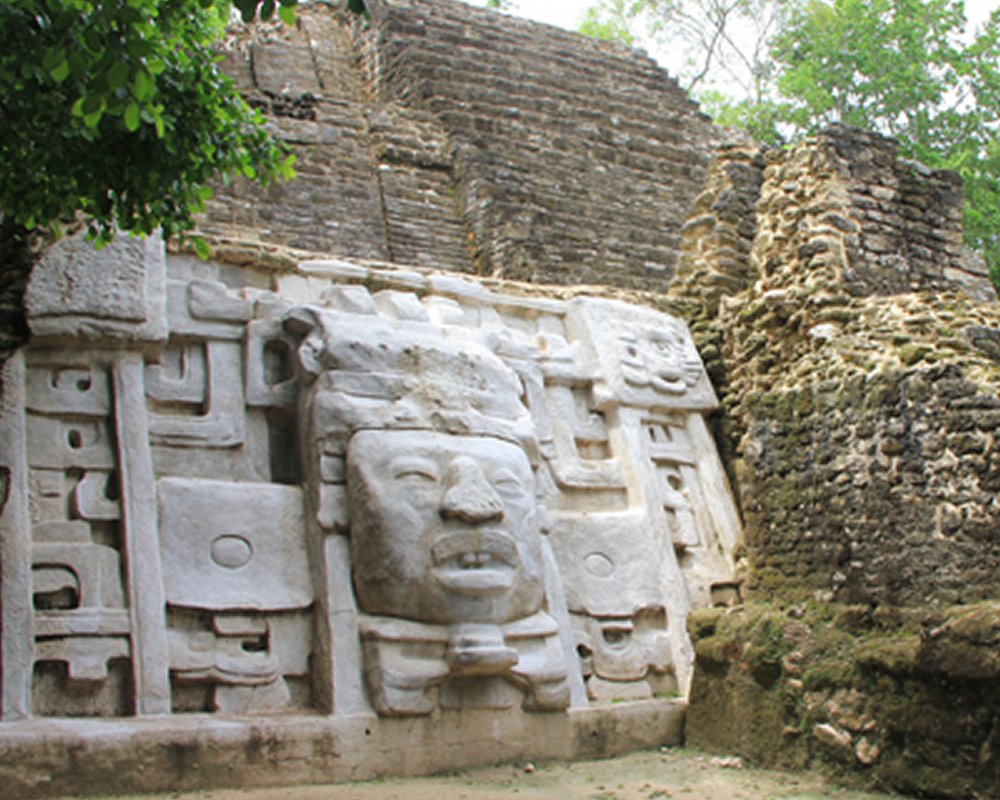
One of them is a stepped-pyramid structure the so-called “Temple of the Jaguar Masks” dated back to AD 625 and decorated with a pair of distinctive masks flanking both sides of the structure, and depicting jaguars, one of the Maya’ s most sacred animals.
Another impressive structure is the High Temple, which is 108 feet (33 m) above ground level, and the last one and the smallest of them, the Temple of the Masks, which is adorned by a 13-foot masks of ancient Maya King (believed to be either an Olmec God, or Kinich Ahau, the Maya Sun God) with a headdress of a crocodile.

This temple presents the high artistry of the Middle Early Classic and Late Classic periods of the Mayas – between 200 BC and 1300 AD. During excavations of this temple, archaeologists unearthed two burial tombs.
Unlike many other Maya ruins, much of Lamanai was built in layers; nothing was intentionally destroyed. Ancient temple structures have been found beneath both the High Temple and the Mask Temple. People built upon the temples of their ancestors, instead of destroying them. The last constructions on these two temples took place in the 7th century AD.
MessageToEagle.com
Expand for references
